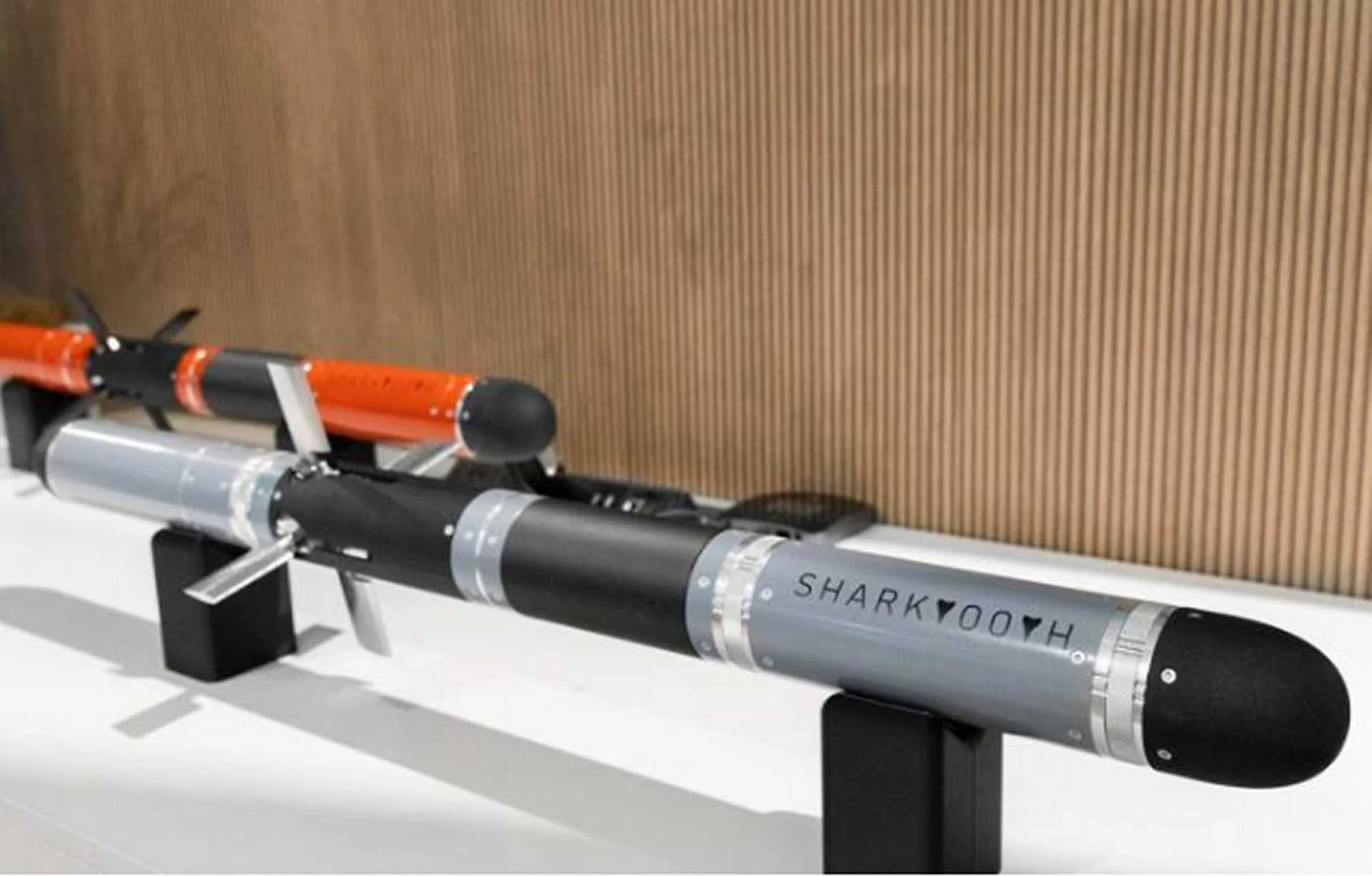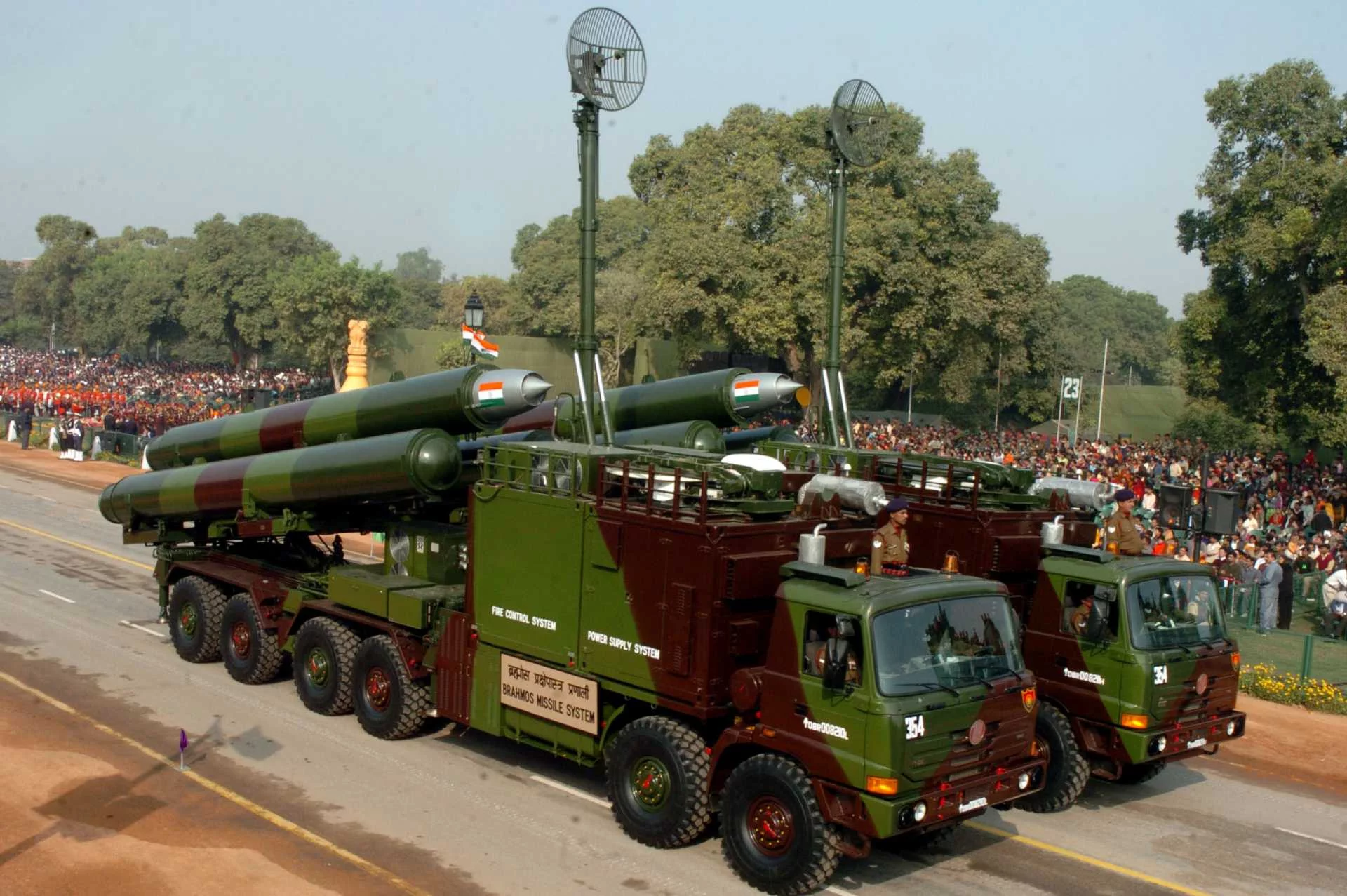In a bold move that blends cutting-edge automotive technology with military innovation, the U.S. Air Force is exploring the use of Tesla Cybertrucks as mobile missile launch platforms. This futuristic concept, detailed in a recent report by The War Zone, signals a potential shift in how the military approaches rapid-response missile deployment, leveraging the Cybertruck’s rugged design, electric powertrain, and advanced capabilities to enhance battlefield flexibility. As global threats evolve, the Air Force’s interest in this unconventional platform underscores its commitment to staying ahead in military technology and strategy.
This article dives deep into the Air Force’s ambitious plan, exploring the Cybertruck’s potential as a missile launcher, the strategic implications, and how this could reshape modern warfare. From the vehicle’s unique features to the broader context of military modernization, we’ll unpack why this idea is generating buzz and what it means for the future of defense.

Why the Tesla Cybertruck?
The Tesla Cybertruck, with its angular, armored aesthetic and robust electric performance, is more than just a futuristic pickup truck—it’s a potential game-changer for military applications. Here’s why the Air Force is eyeing this vehicle:
- Rugged Durability: The Cybertruck’s exoskeleton, made of ultra-hard 30X cold-rolled stainless steel, is designed to withstand extreme conditions, making it ideal for military operations in harsh environments.
- Electric Powertrain: Its all-electric powertrain offers silent operation, reducing the acoustic signature compared to traditional diesel-powered military vehicles, which is a tactical advantage in stealth missions.
- High Payload Capacity: With a payload capacity of up to 3,500 pounds and a towing capacity of 14,000 pounds, the Cybertruck can carry and deploy missile systems with ease.
- Off-Road Capability: Equipped with adaptive air suspension and all-wheel drive, the Cybertruck can navigate challenging terrains, ensuring mobility in diverse combat zones.
- Advanced Technology: Features like Tesla’s Autopilot, over-the-air software updates, and a robust onboard computer system align with the Air Force’s push for smart, connected platforms.
The Air Force sees the Cybertruck not just as a transport vehicle but as a mobile launch platform capable of deploying missiles quickly and efficiently, enhancing rapid-response capabilities in dynamic battlefields.
The Strategic Vision: Mobile Missile Launchers
The concept of using Cybertrucks as missile launchers aligns with the Air Force’s broader strategy to modernize its missile deployment systems. Traditional missile launch platforms, such as stationary silos or large, cumbersome vehicles, are often slow to deploy and vulnerable to detection. The Cybertruck offers a solution that is:
- Mobile and Agile: Its compact size compared to traditional military trucks allows for faster deployment and repositioning, reducing the risk of enemy targeting.
- Cost-Effective: Compared to purpose-built military vehicles, the Cybertruck is a commercially available platform, potentially lowering procurement and maintenance costs.
- Versatile: The Cybertruck’s adaptability makes it suitable for various missile types, from short-range tactical missiles to longer-range precision-guided munitions.
This initiative is part of the Air Force’s push for distributed operations, where smaller, more mobile units can operate independently across a wide area, complicating enemy targeting efforts. By integrating Cybertrucks into this framework, the Air Force aims to create a network of agile, decentralized missile launch platforms.

Potential Missile Systems for the Cybertruck
While the exact missile systems for the Cybertruck platform are still under consideration, several candidates are likely being evaluated:
- Joint Air-to-Surface Standoff Missile (JASSM): A long-range, precision-guided missile designed for air-to-ground strikes, which could be adapted for ground-based launches.
- Hellfire Missiles: Known for their use on drones like the MQ-9 Reaper, these missiles could be deployed from a Cybertruck for rapid, short-range strikes.
- Next-Generation Small Diameter Bombs (SDB): Compact and precise, these could be integrated into a Cybertruck’s launch system for flexible targeting.
The Cybertruck’s payload capacity and onboard power supply could support modular launch systems, allowing it to carry multiple missiles or switch between different types based on mission requirements.
Challenges and Considerations
While the idea is innovative, several challenges must be addressed:
- Adaptation for Military Use: The Cybertruck would require modifications, such as reinforced mounting points for missile launchers, enhanced communication systems, and integration with military-grade targeting software.
- Electronic Warfare Resistance: The vehicle’s reliance on electronics makes it potentially vulnerable to jamming or cyberattacks, necessitating robust countermeasures.
- Range Limitations: While the Cybertruck boasts an impressive range (up to 500 miles in some configurations), extended military operations may require additional power sources or recharging infrastructure.
- Testing and Validation: Rigorous testing is needed to ensure the Cybertruck can withstand the stresses of missile launches and operate reliably in combat conditions.
Despite these hurdles, the Air Force’s interest suggests confidence in overcoming them, potentially through collaboration with Tesla or defense contractors like Lockheed Martin or Raytheon.
The Broader Context: Military Modernization
The Cybertruck missile launcher concept is part of a larger trend in military modernization, where commercial technologies are increasingly integrated into defense systems. Examples include:
- Commercial Drones: Used for reconnaissance and strikes, as seen in Ukraine’s use of consumer drones against Russian forces.
- AI and Autonomy: The Air Force is exploring AI-driven systems for targeting and decision-making, which could be integrated into the Cybertruck’s onboard systems.
- Electric Vehicles in Defense: The U.S. Army is also testing electric vehicles like the GM Defense ISV for reconnaissance and transport, signaling a shift toward sustainable military platforms.
By leveraging commercial platforms like the Cybertruck, the military can accelerate development timelines, reduce costs, and tap into cutting-edge innovations from the private sector.
Implications for Future Warfare
The integration of Cybertrucks as missile launchers could have far-reaching implications:
- Enhanced Tactical Flexibility: Mobile, decentralized launch platforms make it harder for adversaries to predict and counter missile strikes.
- Cost Savings: Using off-the-shelf vehicles reduces the need for expensive, bespoke military hardware.
- Global Influence: A successful Cybertruck-based system could inspire other nations to explore similar platforms, reshaping global military strategies.
- Sustainability: Electric vehicles align with growing emphasis on reducing the military’s carbon footprint, a priority for modern defense forces.
This initiative could also strengthen ties between the Department of Defense and private industry, fostering innovation and collaboration in areas like autonomous systems, energy storage, and advanced materials.
Engaging the Public and Stakeholders
The Air Force’s exploration of the Cybertruck has already sparked interest online, with posts on X highlighting the concept’s futuristic appeal. For example, a user commented, “Tesla Cybertruck launching missiles? That’s straight out of a sci-fi movie!” This enthusiasm reflects the public’s fascination with blending commercial tech with military might.
To maintain public support and secure funding, the Air Force will need to communicate the strategic value of this program, emphasizing its potential to enhance national security while leveraging American innovation. Collaborating with Tesla could also boost the company’s reputation as a defense partner, opening new markets for its vehicles.
Conclusion
The U.S. Air Force’s plan to use Tesla Cybertrucks as missile launch platforms is a bold step toward redefining modern warfare. By combining the Cybertruck’s rugged design, electric efficiency, and advanced technology with military-grade missile systems, the Air Force aims to create a fast, flexible, and cost-effective solution for future conflicts. While challenges remain, the potential for this concept to transform battlefield dynamics is undeniable.
As the Air Force moves forward with testing and development, the world will be watching to see if this futuristic vision becomes a reality. For now, the Cybertruck missile launcher remains a tantalizing glimpse into the future of military innovation—a future where electric vehicles and precision strikes go hand in hand.




